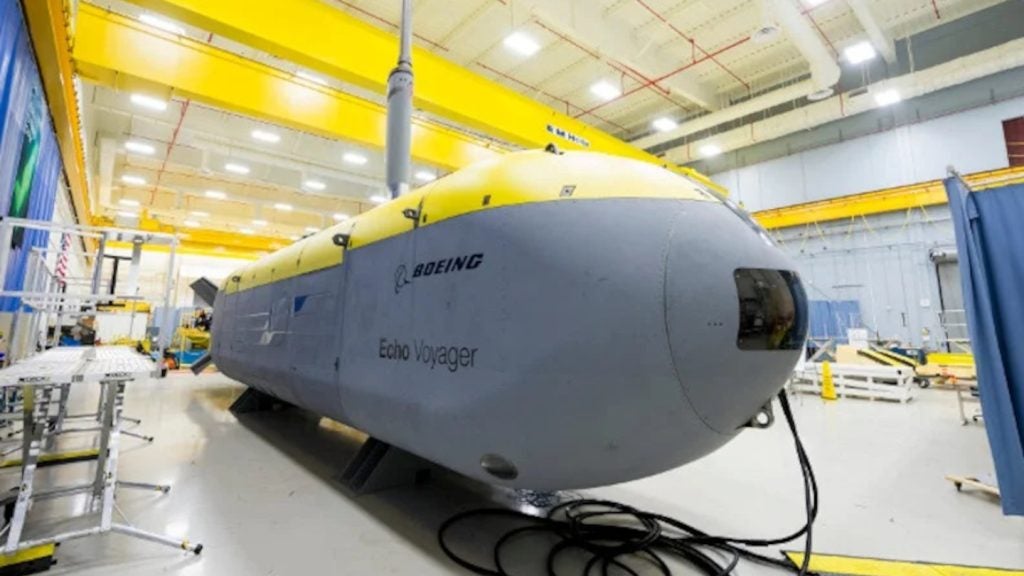Kormoran II is a class of modern mine countermeasure vessels (MCMV) developed as part of the Polish naval modernisation programme, with the aim to improve maritime safety and security in Polish waters.
The lead ship in the class, named ORP Kormoran, was launched in September 2015 and commissioned into the Polish Navy in November 2017.
First steel for the second ship, named ORP Albatros, was cut in September 2018.
The vessels are intended to combat naval mine threats in the Polish exclusive economic zone (EEZ). They can also be deployed by the tactical task forces in the Baltic Sea and North Sea regions, as well as in other auxiliary tasks of the Polish Ministry of Defence.
Kormoran II-class mine-hunter development
The Armament Inspectorate awarded a contract worth zl1.2bn ($383m) to a consortium of three Polish companies for the design and construction of a Kormoran II minehunter prototype in September 2013.
Led by Remontowa Shipbuilding, the consortium also contains Naval Shipyard Gdynia and R&D Marine Technology Centre (Centrum Techniki Morskiej-CTM).
Included in the agreement is an option for the construction of two serial units in the same class, upon acceptance of the first prototype mine-hunting vessel. The two serial vessels are expected to be commissioned in 2019 and 2022, respectively.
Remontowa Shipbuilding awarded a subcontract to Polish Register of Shipping (Polski Rejestr Statków) to perform classification and technical supervision of the prototype vessel in September 2013.
The vessel has been designed by Remontowa Shipbuilding’s in-house naval architecture and marine engineering company, Remontowa Marine Design and Consulting (RMDC). Ship Design and Research Centre (Centrum Techniki Okrętowej-CTO) in Gdańsk conducted model tests on hull shape in the fourth quarter of 2013.
First steel was cut for the prototype vessel in April 2014, followed by a keel-laying ceremony in September 2014. The material used for the hull was imported from Western Europe, while the vessel’s equipment was developed by Polish companies.
In June 2014, the Polish Navy selected Saab to provide its Double Eagle mine-countermeasures underwater vehicle for integration on the Kormoran II MCMV.
A new contract for the construction of an additional two Kormoran minehunters was awarded by the Polish Navy to the project consortium in December 2017.
Design and features of Kormoran II-class mine countermeasure vessel
The Kormoran II mine-hunting vessel’s hull is constructed using non-magnetic steel, which offers less operating costs and easy modernisation. It features low signature and high manoeuvrability.
The ship has an overall length of 58.5m, maximum width of 10.3m, height of 6.4m to the forecastle deck and 4.7m to the main deck aft. It has a displacement of 850t and accommodates a crew of 45 personnel, in addition to carrying six members. The middle section of the vessel houses an auxiliary power room and fuel tanks.
Sensors and equipment on board Kormoran II mine-hunter
The Kormoran II mine-hunting vessel integrates radars, communications and navigational equipment.
Its mine countermeasure tasks are supported by Saab’s Double Eagle, which can be operated as a remotely operated vehicle (ROV) or an autonomous underwater vehicle (AUV). The Double Eagle is capable of performing missions, including mine disposal, underwater survey, and identification and detection of underwater objects.
The vehicle is also equipped with HUGIN 1000 MR autonomous underwater vehicle (AUV), combat management system, passive defence system, Toczek explosive charges, and SHL-101/TM and SHL-300 sonars.
Propulsion and performance
Power for the Kormoran II mine-hunting vessel comes from two diesel engines, which are coupled with two Voith Schneider cycloidal propellers to enable the vehicle to run at a speed of 15k.










